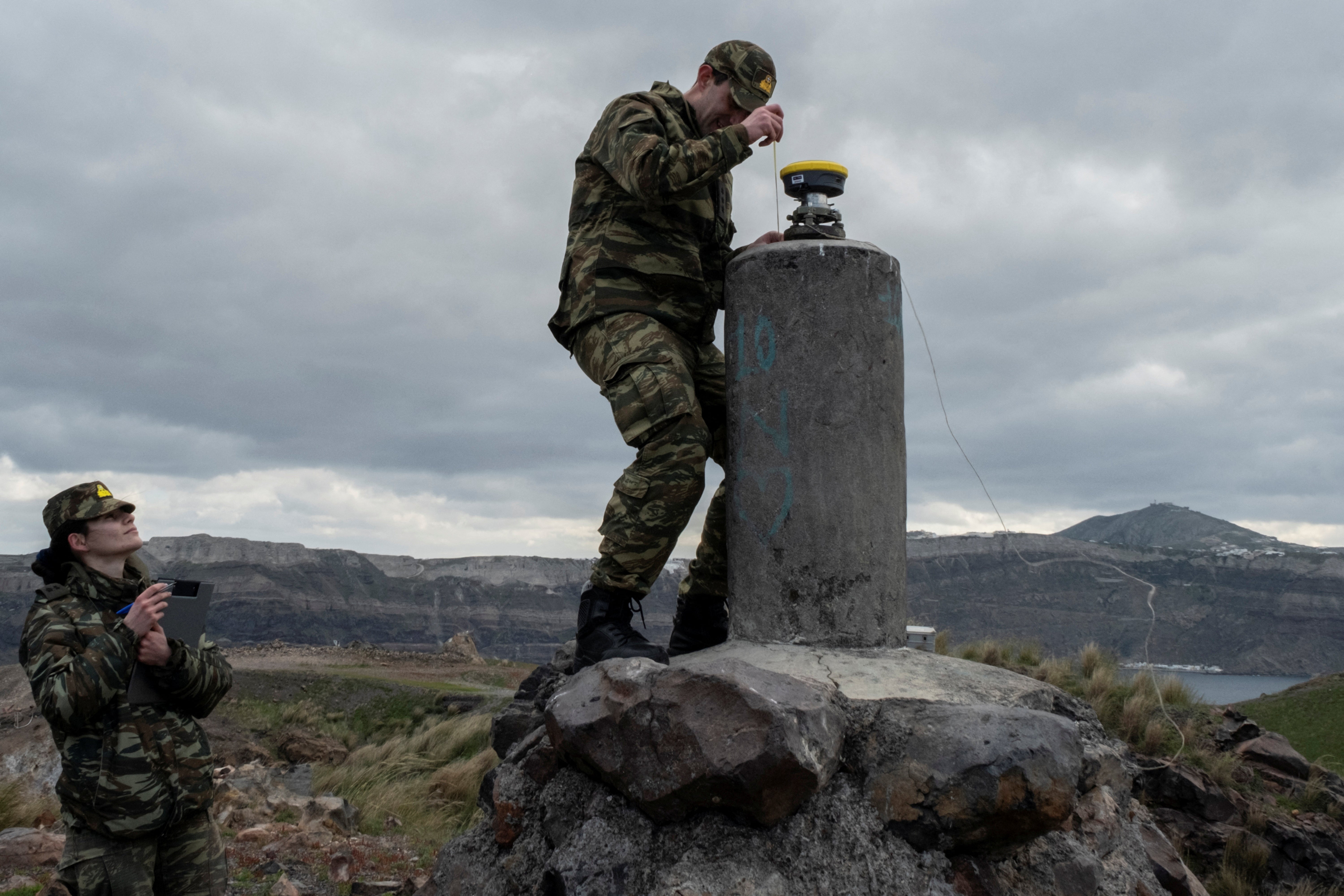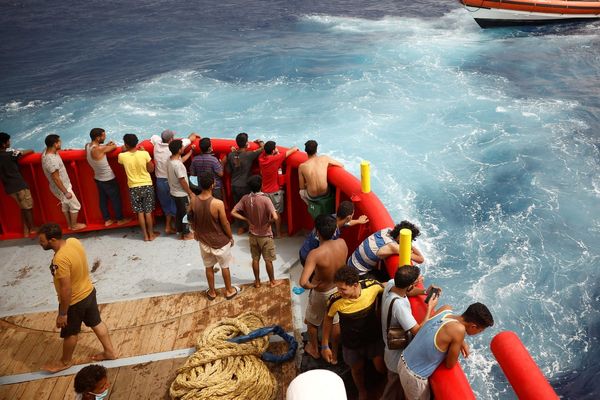
Seismic activity around Santorini and nearby Greek islands has decreased, but uncertainty lingers, according to Greece's chief seismologist.
A state of emergency remains in effect for Santorini, Ios, Amorgos, and Anafi following a surge of undersea earthquakes this month. The tremors, sometimes occurring every few minutes, led to the exodus of thousands to the mainland.
Schools on the affected islands are entering their third week of closure. As a precaution, authorities have deployed rescue teams and established backup power generation. The Greek government also announced the development of an emergency port facility on Santorini to facilitate a potential large-scale evacuation.
“Unfortunately, for now, we must wait. These seismic sequences do not end quickly. They follow their own timeline,” seismologist Costas Papazachos told state-run ERT radio on Monday.
“Hopefully, this particular sequence will surprise us in a positive way and resolve itself sooner rather than later,” he said.
Papazachos, a professor of geophysics at the University of Thessaloniki, currently serves as the representative of two emergency committees that include scientists and officials from government, the military, and emergency services.

He said Santorini, a volcanic island shaped by catastrophic eruptions, did not face danger from its dormant volcano, but noted that magma was affecting the tremors.
“The root cause of the activity is the interaction of tectonic and magmatic processes,” he said. “That does not mean that the molten material – the magma – will manage to break through 8 kilometers (5 miles) of crust and reach the surface, causing a new volcanic eruption.”
Scientists were developing a clearer picture after gathering data from multiple sensors, he said.
“We are monitoring not only seismographs but also numerous other systems that track ground deformation, gas emissions, and satellite data,” he said. “At this moment, I can honestly say we do not have a definitive forecast, as it is too early to assess the current slight de-escalation of seismic activity. We have encountered many surprises.”
Earthquakes of up to magnitude 5.1 were recorded Monday in the undersea area bordered by the four islands under a state of emergency.







